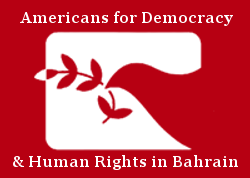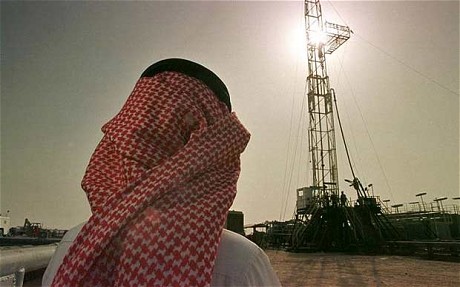As Saudi Arabia continues to deal with the effects of declining oil prices, Standard and Poor’s lowered the country’s credit rating last week for the second time in several months, placing it at A-. Standard and Poor’s made this decision because it believes the decline in oil prices will have a “marked and lasting impact” on the Saudi economy. Also, according to the agency’s outlook on the price of oil in general, uncertainty about the commodity’s future market performance is causing anxiety among market participants. Saudi real per-capita GDP growth is due to fall below that of its Gulf peers, with an annual average increase of debt as a percentage of GDP projected to exceed seven percent by 2019. The overall Saudi economy will expand this year at its slowest pace in 14 years.
Although Standard and Poor’s considers the Saudi credit rating to be stable, as the government will presumably take steps to improve its financial situation, CNBC analysts believe that the kingdom could be bankrupt in a matter of years – perhaps as early as 2018. If these predictions are accurate, there will be serious ramifications for not just the economic stability of the country, but its political stability as well. In Saudi Arabia, analysts argue that the latter “is bought with government jobs and generous public spending.” This spending may prove unsustainable if the kingdom’s sizable reserve assets are soon depleted due to the economic consequences of the decline in oil prices. The increase in available oil in the global market will further worsen Saudi Arabia’s economic situation. What political consequences may ultimately result from such deterioration remain to be seen.
Margaret Bailey is an Advocacy Intern at ADHRB.





